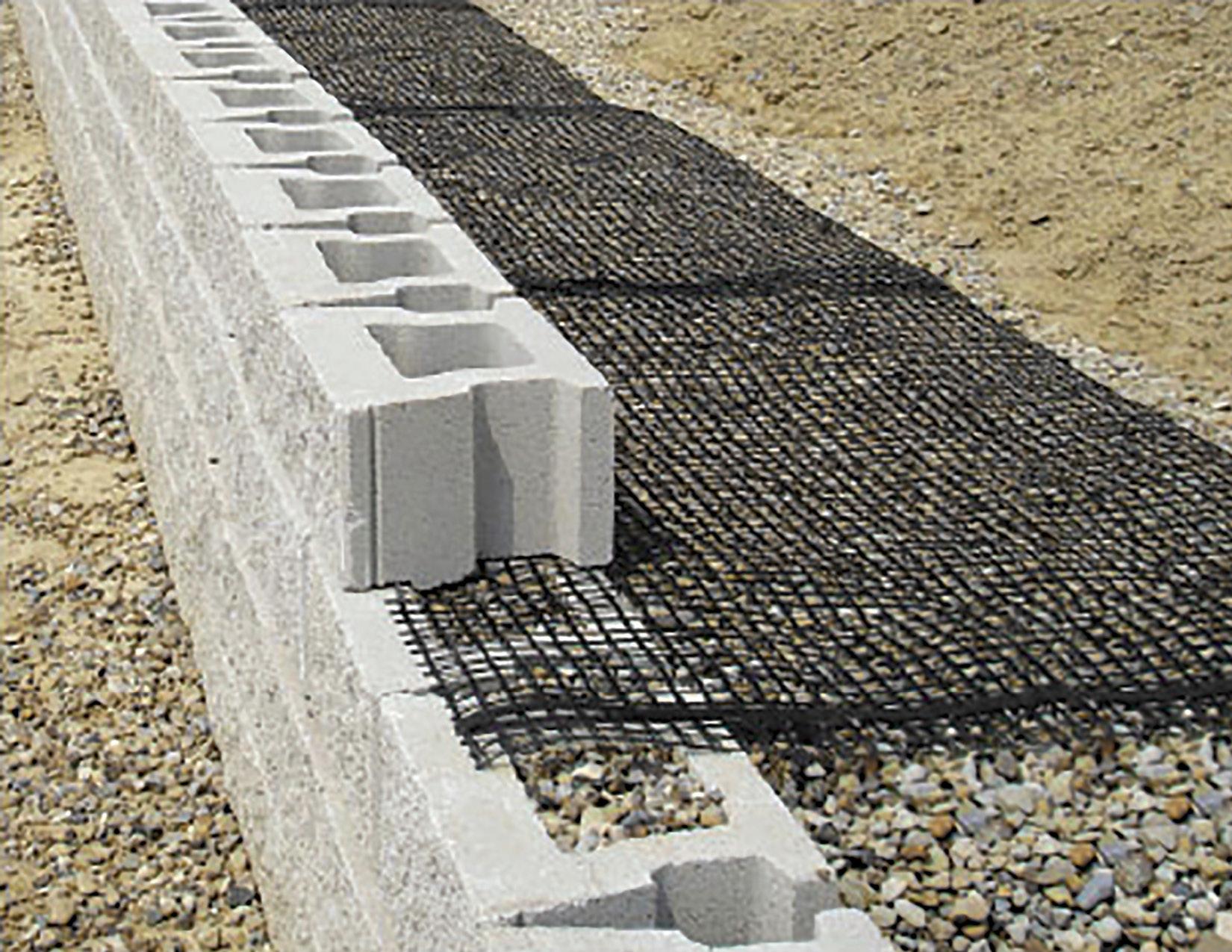Geogrids have emerged as indispensable tools in the construction and infrastructure development sectors, revolutionizing the way we approach soil stabilization, erosion control, and reinforcement of various geotechnical structures. These grid-like materials have gained immense popularity due to their durability, versatility, and ability to enhance the longevity and performance of roads, retaining walls, and other civil engineering projects. In this article, we delve into the geogrid market research to understand its growth trajectory and the intricate manufacturing process behind these essential construction materials. Geogrid Market size was valued at USD 650.6 Million in 2016 and is projected to reach USD 1099.2 Million by upcoming years, at a CAGR of 9.2%.
The Geogrid Market Landscape
Before we explore the manufacturing process of geogrids, let's take a closer look at the market landscape. The geogrid market has been experiencing robust growth, primarily driven by escalating infrastructure development activities, urbanization, and increasing awareness about sustainable construction practices. The demand for geogrids is particularly high in regions with extensive road networks and large-scale infrastructure projects.
𝑮𝒓𝒂𝒃 𝒕𝒉𝒆 𝑷𝑫𝑭 𝑩𝒓𝒐𝒄𝒉𝒖𝒓𝒆 𝑵𝒐𝒘 @ https://www.marketsandmarkets.com/pdfdownloadNew.asp?id=73715104
Key drivers of the geogrid market include:
- Infrastructure Development: Governments and private entities worldwide are investing heavily in infrastructure development, including roads, highways, railways, and airports. Geogrids play a vital role in enhancing the structural integrity and longevity of these projects.
- Sustainability: As sustainability becomes a central theme in construction, geogrids are being preferred for their ability to reduce material usage and improve the environmental footprint of projects.
- Erosion Control: Geogrids are used to combat soil erosion, making them crucial for protecting natural landscapes and preserving the environment.
Manufacturing of Geogrids
The manufacturing of geogrids is a highly specialized process that involves the transformation of polymers into a grid-like structure. Here's a simplified overview of the manufacturing process:
- Material Selection: The process begins with the selection of appropriate polymers, usually high-density polyethylene (HDPE) or polypropylene (PP). These polymers are chosen for their strength, durability, and resistance to environmental factors.
- Extrusion: The selected polymer is melted and then extruded through a die to form a continuous flat sheet. This sheet will serve as the base material for the geogrid.
- Orienting and Drawing: The flat sheet is then passed through a series of rollers to orient and stretch the polymer in two perpendicular directions, creating a grid-like pattern. This process imparts strength and rigidity to the geogrid.
- Bonding: To further enhance the geogrid's structural integrity, the intersecting strands are bonded together using heat or adhesive techniques. This bonding ensures that the geogrid maintains its shape and strength during installation and throughout its service life.
- Rolling and Cutting: The manufactured geogrid is rolled onto large spools or cut into specific dimensions according to the intended application. These rolls or sheets are then packaged and prepared for distribution.
Get Sample Copy of this Report: https://www.marketsandmarkets.com/requestsampleNew.asp?id=73715104
Quality control measures are essential throughout the manufacturing process to ensure that the geogrids meet industry standards and specifications. Factors such as tensile strength, elongation, and UV resistance are rigorously tested to guarantee the performance and longevity of the final product.
Geogrid Market Key Players:
The key players of the geogrid market include Tensar (U.S.), Tencate (Netherlands), Maccaferri (Italy), Huesker (Germany), Naue (Germany), Pietrucha (Poland), TMP Geosynthetics (China), Wrekin Products (U.K.), Thrace (Greece), Carthage Mills (U.S.), BOSTD Geosynthetics Qingdao (China).
Active Players of the Geogrid Market
Tensar (U.S.), one of the key players of the geogrid market, is involved in the development and manufacturing of geogrids. The company has adopted expansion as a key growth strategy to enhance its market share and widen its customer base. The company maintains a strong brand image in the geogrid market, as it provides high-grade products for different applications. Tensar manufactures a wide range of products that have applications in foundation reinforcement, erosion control solutions, and stabilization or reinforcement of soil aggregates. Since May 2017, Tensar has been enhancing manufacturing capacity at its Morrow, Georgia manufacturing facility. The company plans to bring an additional 35% of production capacity in line by early 2018. This added capacity will cater to the increased demand of the company’s Triax brand of geogrids in the region.
Get 10% Customization on this Report: https://www.marketsandmarkets.com/requestCustomizationNew.asp?id=73715104
Conclusion
The geogrid market is on a continuous upward trajectory, driven by the increasing demand for infrastructure development and sustainable construction practices. Geogrids have become essential tools in modern engineering, offering solutions for soil stabilization, erosion control, and reinforcement of geotechnical structures.
Understanding the manufacturing process of geogrids sheds light on the complexity and precision involved in producing these versatile materials. The selection of suitable polymers, extrusion, orienting, bonding, and quality control measures are all crucial steps that contribute to the durability and reliability of geogrids.
As the construction industry continues to evolve, geogrids will remain at the forefront of innovation, playing a pivotal role in building resilient and sustainable infrastructure around the world. The geogrid market is set to expand further, offering exciting opportunities for manufacturers and contributing to the advancement of civil engineering practices.

